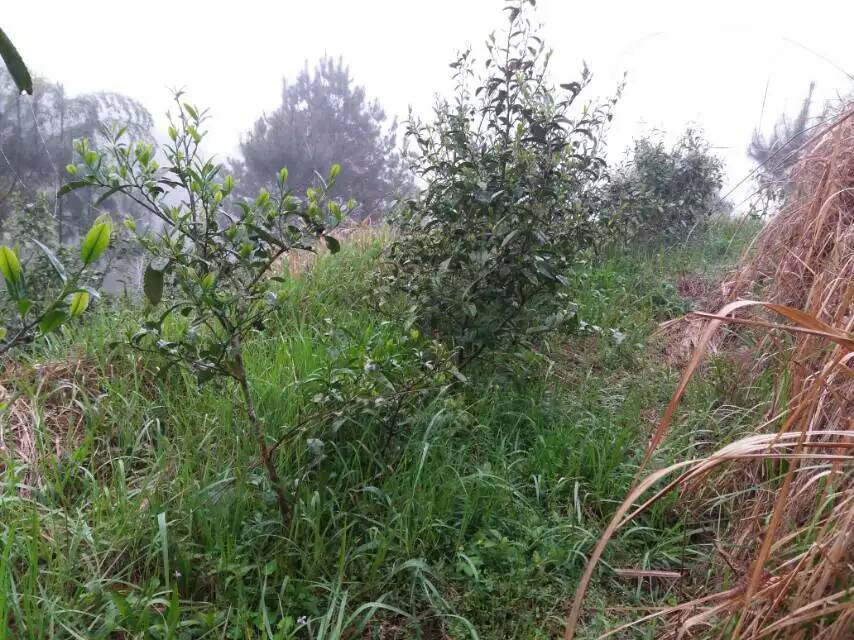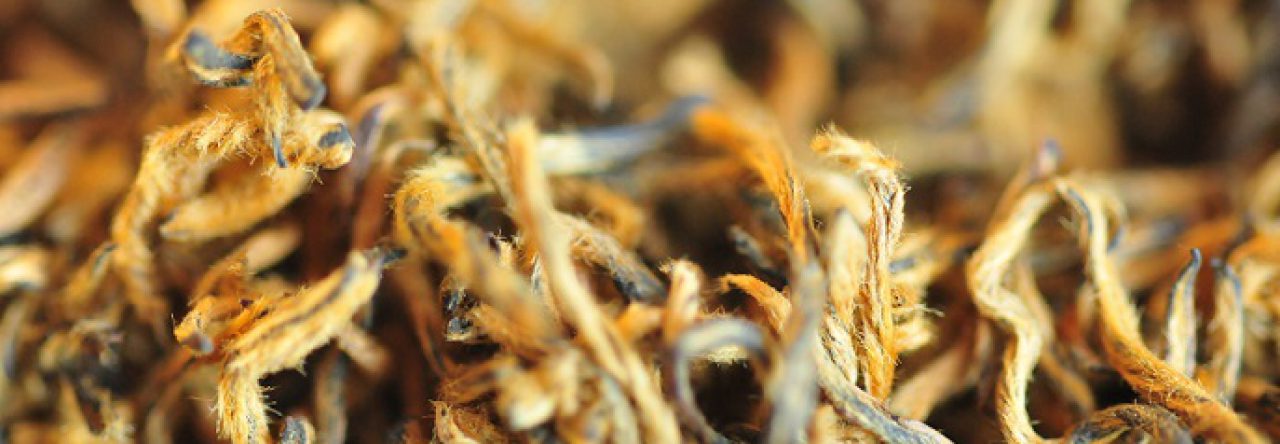
Ecological tea garden with the least artificial intervention
A very interesting question from Andre this afternoon: Will tea leaves get old and bad when the tea tree get old?
As usual, there is no absolute answer to this question, because we need to understand there are fundamental differences based on the location and how the tea garden is being managed.
- As it has been mentioned in the Cha Jing written by Lu Yu that it takes three (3) years for tea trees to produce good quality tea, so we know we should be patient till tea trees are mature to produce good quality tea leaves. Even at that time, in the first chapter of the book Lu Yu had already mentioned the discovery of wild-tree type of tea trees, so we know tea trees can the strength to grow old and tall and yet able to produce good quality tea without too much artificial intervention from human being.
- On the lower altitude (<1000 meters above sea level) and high mountain (>1000 meters above sea level) mainly are cultivated tea gardens which are either shrubs or modified clonal tea tree cultivars; the advantages are branching is not so obvious, the foliage is more dense and lush and able to have more production outputs:
- Normally the plantation of tea trees are very close, some are too close, to others
- It’s more easy to manage the fundamental maintenance, such fertilizer, pruning, and of course including pesticide. On the other hand the risk for pesticide issue is also higher.
- More easy for tea plucking to maximize the production outputs, tea gardens in lower altitude in some region then exercise excessive tea picking.
Due to the too close planting and excessive artificial interventions, the quality of tea normally will gradually get weaker with the age of tea trees comparing with more ecological tea gardens or natural old tea trees.
- Cultivated tea trees from tea gardens that have much less artificial intervention, many are small-leafed tea tree cultivars that are being managed to human, tea trees are not tall so it’s easy for tea picking. Even though the thickness of tea leaf is not so thick as from wild-type tea trees, the color of tea leaf is in darker green or olive green or yellowish green color, with obvious main and vice vein; the tea nature can be evenly strong as wild tea, with high notion of flavor and the taste is less spicy or aggressive than the wild tea.
- Wild tea often are not same as the tea as we normally drink. The genetic factors from ancient wild tea trees allow us to deepen research in the tea breeding; those genuine ancient and not being cultivated wild tea are not suitable to drink. We have to understand, the natural production outputs from wild tea trees are limited, but there are many faked wild tea in the market due to the market speculation and promotion. Besides wild tea are not necessary all good quality tea that provide you a good balance flavor and taste.
Key factors to influence the tea quality are climate, the condition of soil, the micro-environment, elevation and production processes.


Leave a Reply
You must be logged in to post a comment.